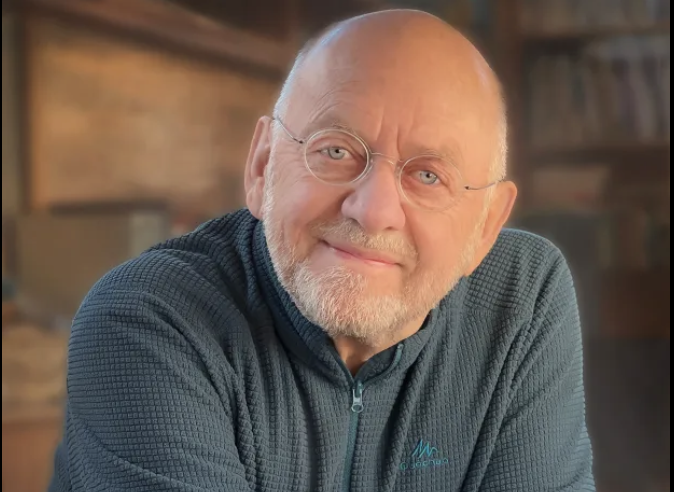Jim Brandenburg, the renowned wildlife photographer known for his stunning work featured in National Geographic, passed away at his home in Medina at the age of 79. He had been receiving treatment for thyroid cancer and had also suffered from pneumonia. In a poignant video, Brandenburg reflected on his career and his unique eye for visual storytelling.
Despite his humble self-assessment, many regarded him as a peerless figure in wildlife photography. Former Star Tribune photojournalist Brian Peterson described the video as profound, capturing Brandenburg discussing his edge on assignments, the rise of digital “hobbyists,” his interest in iPhone photography, and a singular photograph that profoundly impacted a friend’s life. Brandenburg’s journey began in the small prairie town of Luverne, Minnesota.
He gained early recognition for his work at the Worthington Daily Globe before contributing to National Geographic. Peterson noted that Brandenburg was an icon and a heavy influence on young photographers interested in nature photography. Brandenburg’s passion and keen observation were evident in his work.
Layne Kennedy, a Minneapolis photographer and friend, said, “Jim was one of the few people I’ve met in my life who comes up with an idea and he fulfills it. So many people have great ideas and they never work on them. They never finish them.
Brandenburg’s extraordinary visual storytelling
Jim was one of those guys that always did that.”
One of Brandenburg’s best-known photographs, “Brother Wolf,” depicted a wolf peering around a tree, giving the image a strong sense of place. Jan Sivertson, owner of Sivertson Gallery in Grand Marais, described Brandenburg as a soft-spoken listener who was always interested in the conversation.
Another important accomplishment was a project documenting spring in 93 photographs, published in National Geographic in May 2016. At the time, it was the most photographs ever published in a single feature in the magazine’s history. Brandenburg also branched out into video, creating one-minute vignettes of nature posted every day starting Jan.
1, 2015. He believed that small projects like this could make a difference and inspire people to connect with nature. The Bell Museum, which already features a permanent video exhibit created and narrated by Brandenburg, is preparing additional tributes to celebrate his life and work.
Holly Menninger, Executive Director of the Bell Museum, said, “We are already working to bring out more of his art in the next few weeks.”
Brandenburg’s influence also extends to conservation efforts through his Touch the Sky Prairie Foundation, which has purchased over 1,000 acres of northern tallgrass prairie for public enjoyment. The city of Luverne has benefitted from visitor traffic provided by the Brandenburg Gallery. At the time of his death, Brandenburg was still working on another planetarium film at the Bell Museum, focusing on Minnesota’s distinct seasons.
The untitled film is expected to be released in the fall of 2026. Jim Brandenburg’s extraordinary legacy will continue to inspire and educate future generations, ensuring his love for nature will live on.













